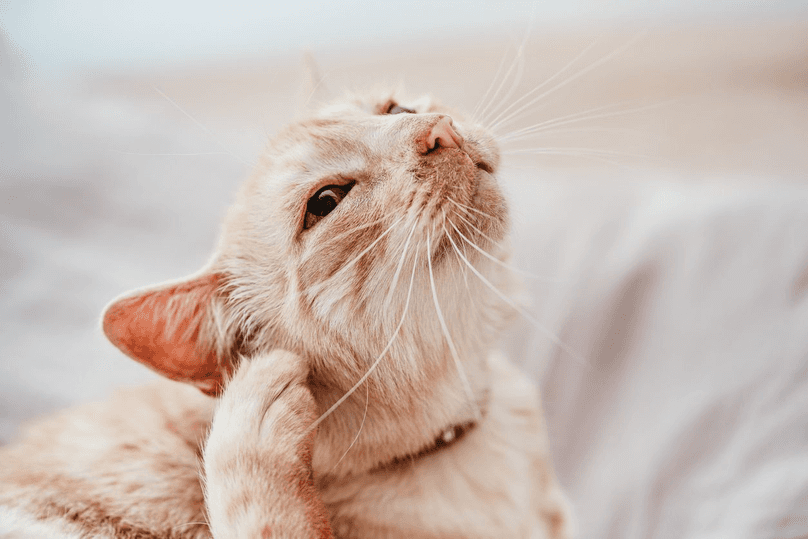
Q:My cat, Purrsephone, is scratching and has tiny black specks throughout her fur. What’s causing this, and what should I do about it?
A:It sounds like Purrsephone has fleas. Those black specks that resemble finely ground pepper are flea feces, euphemistically called flea dirt. The flea dirt is actually Purrsephone’s blood, which the fleas drink, digest and excrete.
The easiest way to detect flea dirt is to comb a cat with a fine-toothed flea comb and examine the fur and debris tangled in the comb’s closely spaced tines.
To confirm that Purrsephone has flea dirt and not garden variety dirt, smear the black specks on a wet paper towel. Moisture dissolves digested blood, so flea dirt produces a red-brown streak. Garden dirt doesn’t.
Indoor cats become infested with fleas when humans bring them inside on our shoes and trouser legs or the family dog transports them indoors.
Fleas do far more damage than just make a cat scratch. Because they drink blood, fleas can cause anemia that may be fatal to a small pet. They also transmit pathogens, including tapeworms, to cats and bacteria that cause cat-scratch disease, the plague and typhus in humans.
Although fleas are worst during summer and fall, it’s best to use a flea control product throughout the year to prevent an infestation.
Ask your veterinarian for a recommendation. Options include drops you apply to Purrsephone’s skin, oral products, a collar or an injection. Most flea products are effective for one to three months, though one collar lasts for eight months. Some products control only fleas, while others also fight ticks, lice, ear mites, heartworms and/or intestinal parasites.
If your flea infestation is severe, you’ll need to vacuum your home frequently and discard the bag each time. You may also have to spray an insecticide, or treat your home with Fleabusters borate powder and your yard with Fleabusters beneficial nematodes.
Editor’s Note:Read more about how to protect your cat from fleas before an infestation occurs.